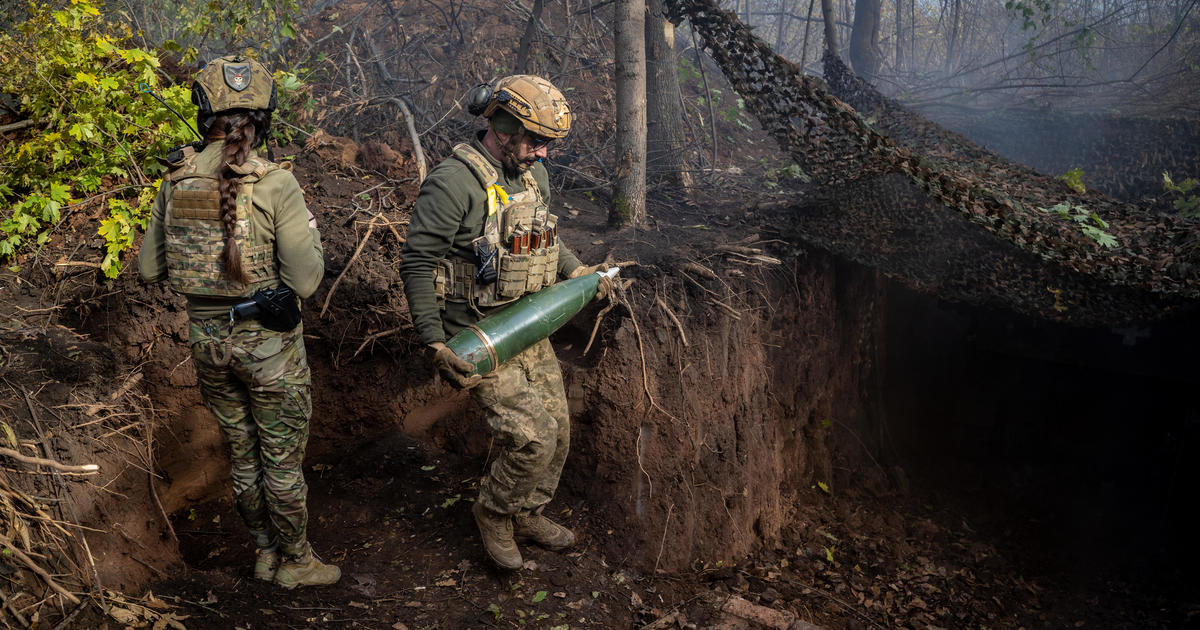The ongoing war in Ukraine has had a devastating impact on the country’s population, causing a significant decline in numbers. Since the full-scale invasion began in February 2022, an estimated eight million people have left Ukraine, a combination of refugees fleeing the conflict and a dramatic decrease in the birth rate. This decline represents a considerable loss for the nation, compounding existing demographic challenges. While precise figures are difficult to ascertain due to the ongoing conflict and disruption of official data collection mechanisms, the United Nations Population Fund (UNFPA) estimates paint a grim picture, highlighting the complex interplay of factors driving this population decrease. This extensive population loss underscores the profound and far-reaching consequences of the war, impacting not only the immediate human cost but also the long-term future of the Ukrainian nation. Understanding the causes and implications of this demographic shift is crucial for developing effective strategies for recovery and rebuilding.
Ukraine’s Population Decline: A Multifaceted Crisis
The sharp drop in Ukraine’s population is not a singular event but the result of several interconnected factors fueled by the ongoing war. The conflict has created an environment of immense uncertainty and danger, forcing millions to seek refuge in neighboring countries and elsewhere. The outflow of refugees represents a considerable loss of human capital, especially among younger and more mobile segments of the population.
Refugee Crisis
The exodus of Ukrainian refugees is a major driver of the population decline. The UNFPA estimates that 6.7 million people have fled the country since the full-scale invasion. This significant displacement, along with internally displaced persons (IDPs), represents a substantial loss of the country’s productive workforce and a significant drain on the national economy. Many refugees have settled in neighboring countries, but their resettlement process can be slow and filled with challenges, making it difficult to predict future migration patterns.
Plunging Birth Rates
Beyond the outward migration of people fleeing the conflict, Ukraine’s birth rate has plummeted to alarmingly low levels. The war has created a climate of fear and uncertainty that makes it more difficult to plan for families and future generations. The UNFPA data suggest that this rate is now among the lowest globally, with a fertility rate of around one child per woman. This is far below the replacement fertility rate, which implies that the population is shrinking faster than it is replenishing.
War Casualties
The ongoing conflict has resulted in significant casualties. Although neither side in the conflict has released precise casualty figures, estimates suggest a considerable number of fatalities amongst both military and civilians. This loss of life directly contributes to the population decline and adds further pressure on already stretched social structures.
Long-Term Demographic Consequences
The population decline in Ukraine has significant long-term demographic implications. This will result in fewer young people in future to support a growing older population. Shrinking populations often struggle to sustain their economies as there is a diminished workforce, leading to problems within sectors like healthcare and social care services. Moreover, the lack of children would influence the economic productivity of the nation and contribute to further socio-economic decline.
Impact on Economic Growth
The loss of population, both through emigration and casualties, directly impacts economic growth. A smaller workforce means reduced productivity and slower economic development. The destruction of infrastructure and the disruption of businesses further compound these economic challenges, hindering recovery efforts. This will hinder potential for development across industries.
Social and Political Instability
Rapid population decline, fueled by war and mass migration, can lead to social and political instability. This would create uncertainty among the populace, particularly with regard to services they require, this might be harder to satisfy as economic resources diminish. This can lead to increased tensions and social unrest in some areas.
Challenges to Recovery and Reconstruction
Rebuilding Ukraine after the war presents an enormous challenge. Reversing the population decline, however, requires a concerted effort that focuses on creating stability and security to attract those who have left the country to return, this alongside offering incentives and opportunities to entice those already inside to consider establishing a life there.
Attracting Refugees Back to Ukraine
Once the war ends, there will need to be incentives to ensure Ukraine’s ability to attract and support the return of Ukrainian refugees. This must involve providing housing, jobs, educational opportunities and healthcare. This task demands massive levels of investment, along with international cooperation.
Supporting Mothers and Families
Addressing the low birth rates will also be vital. Supportive policies promoting families including those that would enable people to plan for the future in spite of economic hardship is required to address these falling birth rates. Improving maternal and childcare services also needs attention.
Investing in Long-Term Development
A comprehensive plan focused on economic development and social welfare to address issues that stem from the decline will also be critical in rebuilding the nation and fostering population growth. This includes investments in infrastructure, education, and healthcare. It also requires collaboration among national and international agencies.
Take Away Points
- The war in Ukraine has caused a massive population decline, a combination of refugee exodus and plummeting birth rates.
- This demographic crisis poses long-term challenges to Ukraine’s economic growth and social stability.
- Reversing this trend will necessitate substantial investment in attracting refugees back and supporting mothers and families.
- Comprehensive national strategies, combined with significant international aid, will be crucial for rebuilding Ukraine and fostering future population growth.









